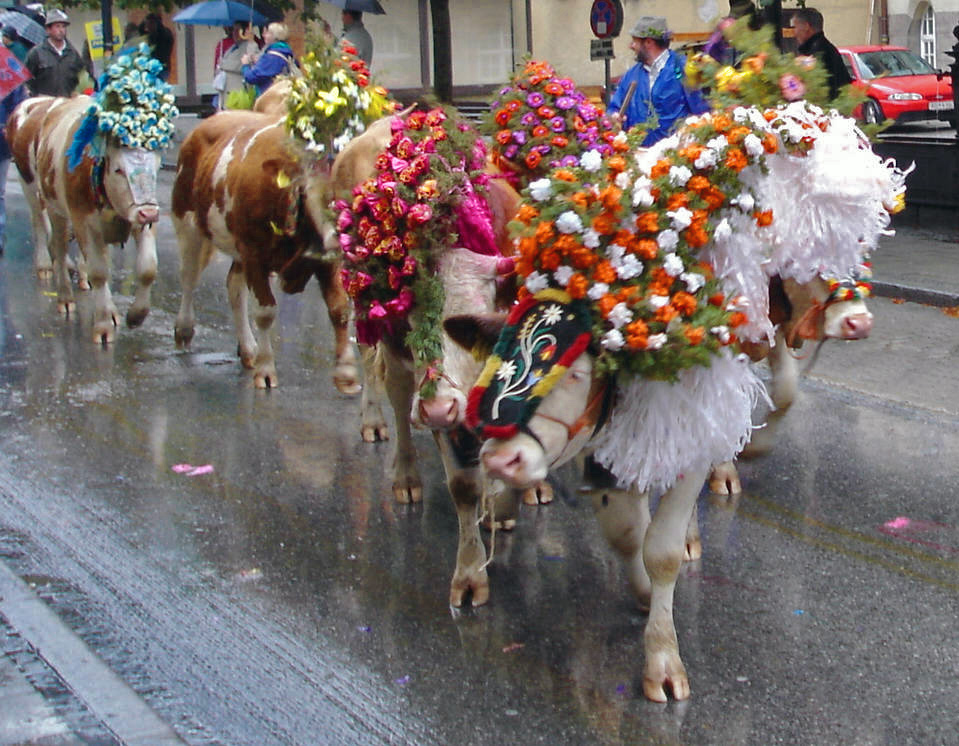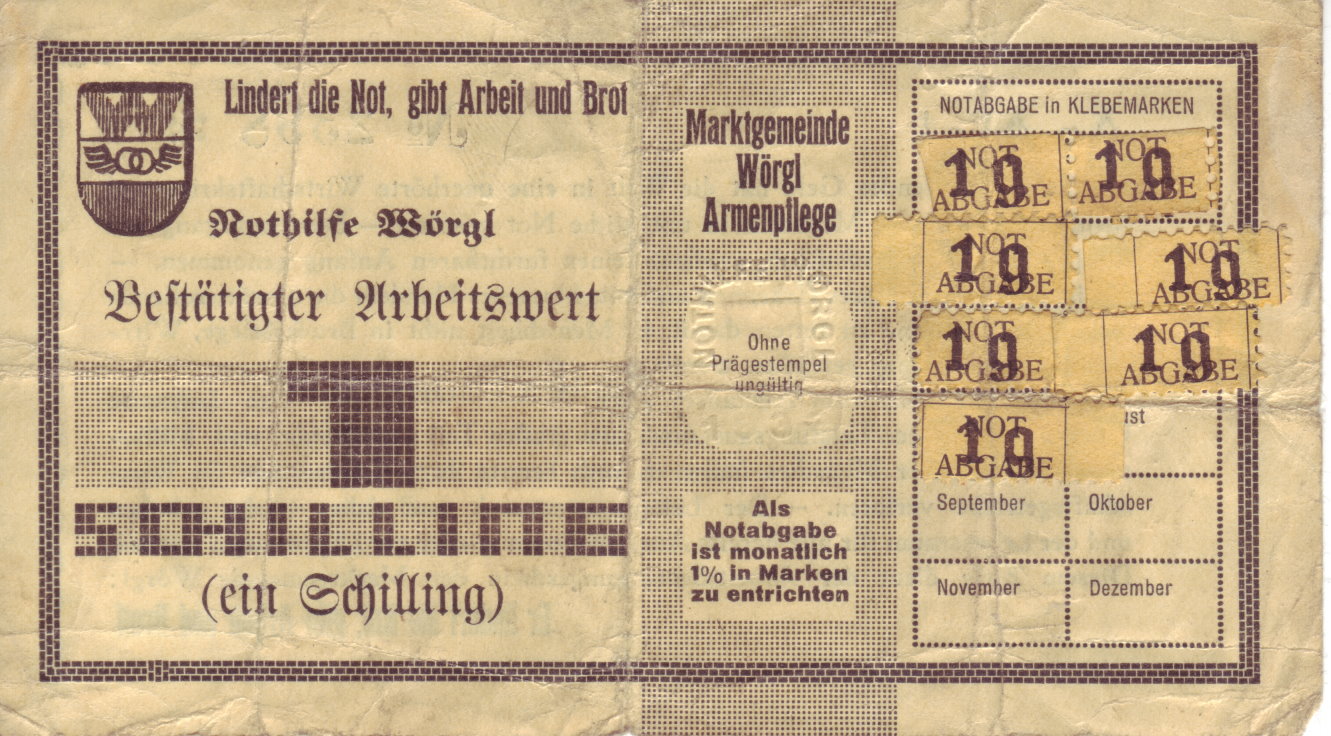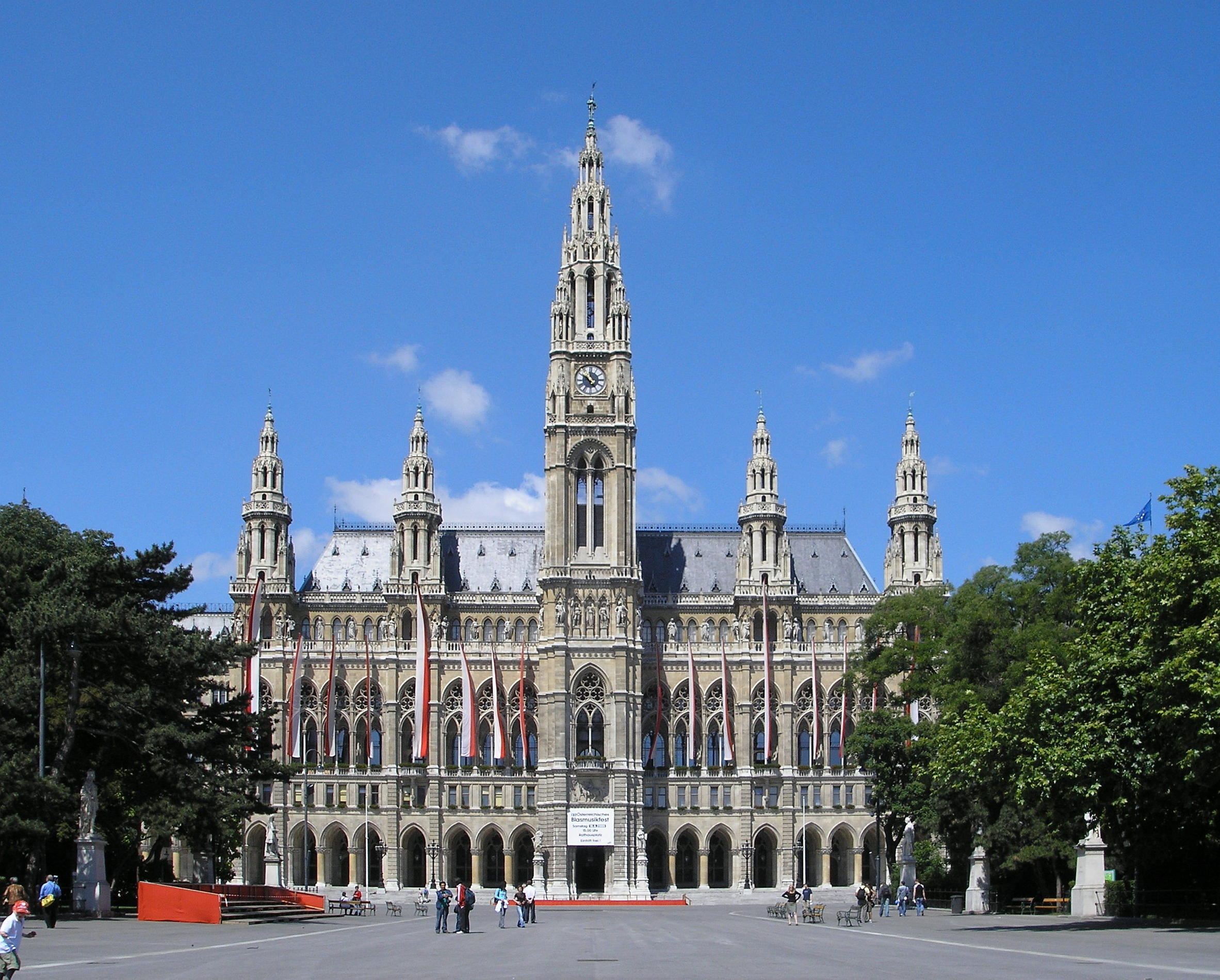|
Radfeld
Radfeld is a municipality in the Kufstein district in the Austrian state of Tyrol located 1 km east of the town of Rattenberg, 13 km west of Wörgl, and 24 km southwest of Kufstein Kufstein (; Central Bavarian: ''Kufstoa'') is a town in the Austrian state of Tyrol, the administrative seat of Kufstein District. With a population of about 19,600 it is the second largest Tyrolean town after the state capital Innsbruck. The grea .... References Cities and towns in Kufstein District {{Tyrol-geo-stub ... [...More Info...] [...Related Items...] OR: [Wikipedia] [Google] [Baidu] |
Kufstein (district)
The Bezirk Kufstein is an administrative district (bezirk) in Tyrol, Austria. It borders Bavaria (Germany) in the north, the Kitzbühel district in the southeast, and the Schwaz district in the southwest. The district has a geographical area of 969.81 km², and a population of 101,321 (2012) giving a population density of 104 people per km². The administrative center is Kufstein. The district comprises the lower part of the Tyrolean Inn valley as far as the Bavarian border, the Alpbach valley, the Brandenberg valley, Wildschönau, and Thiersee. Mountain ranges within the district include the Brandenberg Alps, Kitzbühel Alps, and the Kaisergebirge. The largest lakes are the Reintal lakes, Thiersee, Hechtsee, Hintersteiner See and Walchsee. Administrative divisions The district is divided into 30 municipalities, three of them are towns, and two of them are market towns. Towns # Kufstein (17,550) # Rattenberg (405) # Wörgl (12,723) Market towns # Brixlegg (2,809) # Kundl ... [...More Info...] [...Related Items...] OR: [Wikipedia] [Google] [Baidu] |
Kufstein District
The Bezirk Kufstein is an administrative district (bezirk) in Tyrol, Austria. It borders Bavaria (Germany) in the north, the Kitzbühel district in the southeast, and the Schwaz district in the southwest. The district has a geographical area of 969.81 km², and a population of 101,321 (2012) giving a population density of 104 people per km². The administrative center is Kufstein. The district comprises the lower part of the Tyrolean Inn valley as far as the Bavarian border, the Alpbach valley, the Brandenberg valley, Wildschönau, and Thiersee. Mountain ranges within the district include the Brandenberg Alps, Kitzbühel Alps, and the Kaisergebirge. The largest lakes are the Reintal lakes, Thiersee, Hechtsee, Hintersteiner See and Walchsee. Administrative divisions The district is divided into 30 municipalities, three of them are towns, and two of them are market towns. Towns # Kufstein (17,550) # Rattenberg (405) # Wörgl (12,723) Market towns # Brixlegg (2,809) # Kundl ... [...More Info...] [...Related Items...] OR: [Wikipedia] [Google] [Baidu] |
Austria
Austria, , bar, Östareich officially the Republic of Austria, is a country in the southern part of Central Europe, lying in the Eastern Alps. It is a federation of nine states, one of which is the capital, Vienna, the most populous city and state. A landlocked country, Austria is bordered by Germany to the northwest, the Czech Republic to the north, Slovakia to the northeast, Hungary to the east, Slovenia and Italy to the south, and Switzerland and Liechtenstein to the west. The country occupies an area of and has a population of 9 million. Austria emerged from the remnants of the Eastern and Hungarian March at the end of the first millennium. Originally a margraviate of Bavaria, it developed into a duchy of the Holy Roman Empire in 1156 and was later made an archduchy in 1453. In the 16th century, Vienna began serving as the empire's administrative capital and Austria thus became the heartland of the Habsburg monarchy. After the dissolution of the H ... [...More Info...] [...Related Items...] OR: [Wikipedia] [Google] [Baidu] |
Telephone Numbers In Austria
This article details the use of telephone numbers in Austria. There are no standard lengths for either area codes or subscriber numbers in Austria, meaning that some subscriber numbers may be as short as three digits. Larger towns have shorter area codes permitting longer subscriber numbers in that area. Some examples: Mobile phone codes In ascending numeric order: *1 Telering was bought by T-Mobile in 2005. As of 2006, Telering uses the network-infrastructure of T-Mobile. As a special requirement of the European commission, many of the former transmitters and frequencies previously operated by Telering were given to Orange and Drei. *2 BoB is a discount service of A1. yesss! was a discount service of Orange, now sold to A1. Eety is a discount service of Orange (now 3). Due to Mobile number portability Mobile number portability (MNP) enables mobile telephone users to retain their mobile telephone numbers when changing from one mobile network carrier to another. Gene ... [...More Info...] [...Related Items...] OR: [Wikipedia] [Google] [Baidu] |
Kufstein
Kufstein (; Central Bavarian: ''Kufstoa'') is a town in the Austrian state of Tyrol, the administrative seat of Kufstein District. With a population of about 19,600 it is the second largest Tyrolean town after the state capital Innsbruck. The greatest landmark is Kufstein Fortress, first mentioned in the 13th century. The town was the place of origin of the Austrian noble family Kuefstein de. Geography It is located in the Tyrolean Unterland region on the river Inn, at the confluence with its Weißache and Kaiserbach tributaries, near the border with Bavaria, Germany. The municipal area stretches along the Lower Inn Valley between the Brandenberg Alps in the northwest and the Kaiser Mountains in the southeast. The remote Kaisertal until recently was the last settled valley in Austria without transport connections, prior to the completion of a tunnel road from Kufstein to neighbouring Ebbs in 2008. North of the town, the Inn river leaves the Northern Limestone Alps and enters the Ba ... [...More Info...] [...Related Items...] OR: [Wikipedia] [Google] [Baidu] |
Wörgl
Wörgl () is a city in the Austrian state of Tyrol, in the Kufstein district. It is from the international border with Bavaria, Germany. Population Transport Wörgl is an important railway junction between the line from Innsbruck to Munich, and the inner-Austrian line to Salzburg. Its railway station has been designated as a ''Hauptbahnhof'' (german: main station) since 10 December 2006. European route E641 connects Wörgl with Salzburg, the routes E45 and E60 (Austrian autobahn A12) pass through Wörgl. File:Bahnhof Wörgl alt.jpg, Wörgl railway station in 1900 File:Wörgl Gare 1965.jpg, Wörgl railway station in 1965 History World War II Nearby Itter Castle was the site of one of the last European and most unusual battles of World War II. The Battle for Itter Castle was fought on 5 May 1945 by surrendered Wehrmacht troops, the United States Army, Austrian Resistance fighters and former French political prisoners against the 17th ''Waffen-SS Panzer Grenadier'' Di ... [...More Info...] [...Related Items...] OR: [Wikipedia] [Google] [Baidu] |
Rattenberg
Rattenberg ( bar, Råttnberg) is a City on the Inn River in the Austrian state of Tyrol near Rattenberg mountain and Innsbruck. With just 400 inhabitants and a surface area of 10 ha, it is the smallest city in the country. Geography The proximity of a mountain to the south of the town means that Rattenberg, like many villages nested in steep sided valleys throughout the Tyrol region of the Alps, receives no direct sunlight for much of the winter. It is one of the few places at a significant southerly latitude that experiences a prolonged period without direct sunlight (another is Viganella, Italy), although the sky remains bright while the town is in the mountain's shadow so there is no permanent darkness or 'polar night' as experienced north of the Arctic Circle. Gallery File:Rattenberg, stadszicht met Ehemalige Augustiner- Servitenkloster en Kirche Sankt Augustinus Dm69821 foto6 2017-08-02 10.55.jpg, View to the town with former monastery and churchtower File:Rattenberg, to ... [...More Info...] [...Related Items...] OR: [Wikipedia] [Google] [Baidu] |
Municipality (Austria)
In the Republic of Austria, the municipality ( de , Gemeinde, sometimes also ) is the administrative division encompassing a single village, town, or city. The municipality has corporate status and local self-government on the basis of parliamentary-style representative democracy: a municipal council () elected through a form of party-list system enacts municipal laws, a municipal executive board () and a mayor (, fem. ) appointed by the council are in charge of municipal administration. Austria is currently (January 1, 2020) partitioned into 2,095 municipalities, ranging in population from about fifty (the village of Gramais in Tyrol) to almost two million (the city of Vienna). There is no unincorporated territory in Austria. Basics The existence of municipalities and their role as carriers of the right to self-administration are guaranteed by the Austrian constitution ( B-VG Art. 116 (1)). The constitution means for municipalities to be autonomous () in any matter that a ... [...More Info...] [...Related Items...] OR: [Wikipedia] [Google] [Baidu] |
Vehicle Registration Plates Of Austria
Austrian car number plates are mandatory vehicle registration plates displaying the registration mark (german: Kennzeichen) of motor vehicles in Austria. They are used to verify street legality, proof of a valid liability insurance and to identify and recognise the vehicle. Appearance The licence plates are made of metal; the imprinted text is in black letters and digits on a white background. Since November 1, 2002 the common design comprises a blue section on the left with the EU circle of stars and the country code ('A') like other vehicle registration plates of the European Union. On the top and bottom, there are red-white-red tribands, the national colours of Austria. Two plates have to be present on each car (front and rear). Dealer plates show white letters on a green background, temporary plates show white letters on a cyan background, and foreign trailers show white letters on a red background. For motorbikes and cars with smaller areas for plates, smaller licence p ... [...More Info...] [...Related Items...] OR: [Wikipedia] [Google] [Baidu] |
List Of Postal Codes In Austria
Postal codes in Austria were introduced in 1966 and consist of four digits. System The first indicates the state: * 1xxx: Vienna * 2xxx: Lower Austria (east of Vienna) * 3xxx: Lower Austria (west of Vienna) * 4xxx: Upper Austria * 5xxx: Salzburg and west Upper Austria * 6xxx: Tyrol and Vorarlberg (without East Tyrol) * 7xxx: Burgenland * 8xxx: Styria * 9xxx: Carinthia and East Tyrol The second number indicates the regional area in the state, the third number is for the routing allocation, following railways and post car routes and the fourth number indicates the post office. Every post office has its own number. There are some exceptions to this rule: In Vienna, the second and third numbers show the district, so 1120 would be the twelfth district. Also, some cities close to the German border in Vorarlberg have Austrian and German postcodes. There are also some special post codes: the airport has its own post code (1300), the UN (1400) and some big companies also have their o ... [...More Info...] [...Related Items...] OR: [Wikipedia] [Google] [Baidu] |
States Of Austria
Austria is a federal republic made up of nine states (German: ''Länder''). Since ''Land'' is also the German word for "country", the term ''Bundesländer'' (literally ''federal states'') is often used instead to avoid ambiguity. The Constitution of Austria uses both terms. Austrian states can pass laws that stay within the limits of the constitution, and each state has representatives in the main Austrian parliament. Geography The majority of the land area in the states of Upper Austria, Lower Austria, Vienna, and Burgenland is situated in the Danube valley and thus consists almost completely of accessible and easily arable terrain. The other five states, in contrast, are located in the Alps and thus are comparatively unsuitable for agriculture. Their terrain is also relatively unfavourable to heavy industry and long-distance trade. Accordingly, the population of what now is the Republic of Austria has been concentrated in the former four states since prehistoric times. Austria ... [...More Info...] [...Related Items...] OR: [Wikipedia] [Google] [Baidu] |
Central European Summer Time
Central European Summer Time (CEST), sometimes referred to as Central European Daylight Time (CEDT), is the standard clock time observed during the period of summer daylight-saving in those European countries which observe Central European Time (CET; UTC+01:00) during the other part of the year. It corresponds to UTC+02:00, which makes it the same as Eastern European Time, Central Africa Time, South African Standard Time, Egypt Standard Time and Kaliningrad Time in Russia. Names Other names which have been applied to Central European Summer Time are Middle European Summer Time (MEST), Central European Daylight Saving Time (CEDT), and Bravo Time (after the second letter of the NATO phonetic alphabet). Period of observation Since 1996, European Summer Time has been observed between 01:00 UTC (02:00 CET and 03:00 CEST) on the last Sunday of March, and 01:00 UTC on the last Sunday of October; previously the rules were not uniform across the European Union. There were proposals ... [...More Info...] [...Related Items...] OR: [Wikipedia] [Google] [Baidu] |




